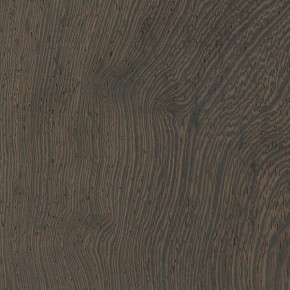Description
Color/Appearance: Beech is typically a pale cream color, sometimes with a pink or brown hue. Veneer tends to be slightly darker colored, as slicing the veneer usually requires the wood to be prepared with steam, which gives the wood a more golden tone. Flatsawn surfaces tend to be very plain, while quartersawn surfaces exhibit a silvery fleck pattern.
Grain/Texture: Grain is straight, with a fine to medium uniform texture. Moderate natural luster.
Rot Resistance: Beech is considered non-durable or perishable; it is also susceptible to insect attack.
Workability: Overall good workability; it machines well, and glues, finishes, and turns well. Beech also responds superbly to steam-bending. It does, however, have a large amount of movement in service, so movement and wood stability must be taken into account.
Odor: No characteristic odor.
Allergies/Toxicity: Although severe reactions are quite uncommon, European Beech has been reported as been reported as a sensitizer. Usually most common reactions simply include eye, skin, and respiratory irritation. See the articles Wood Allergies and Toxicity and Wood Dust Safety for more information.
Pricing/Availability: European Beech is widely available across Europe, and it very economically priced within its natural range.
Sustainability: This wood species is not listed in the CITES Appendices or on the IUCN Red List of Threatened Species.
Common Uses: Lumber, veneer, flooring, boatbuilding, furniture, cabinetry, musical instruments (piano pinblocks), plywood, and turned objects.
Comments: Beech is an important and widely-used hardwood in Europe. Its hardness, wear-resistance, strength, and excellent bending capabilities—coupled with its low price—make this hardwood a mainstay for many European woodworkers. Depending on soil conditions, European Beech can grow to very large sizes, and wide, long lumber is commonly available for use.
Related Species:
- American Beech (Fagus grandifolia)






Reviews
There are no reviews yet.